简体中文
繁體中文
English
Pусский
日本語
ภาษาไทย
Tiếng Việt
Bahasa Indonesia
Español
हिन्दी
Filippiiniläinen
Français
Deutsch
Português
Türkçe
한국어
العربية
Price Inflation: Definition, Measures, Types and Pros and Cons
Abstract:The simple definition is a general rise in prices. The classic definition is ‘too much money chasing too few goods.’
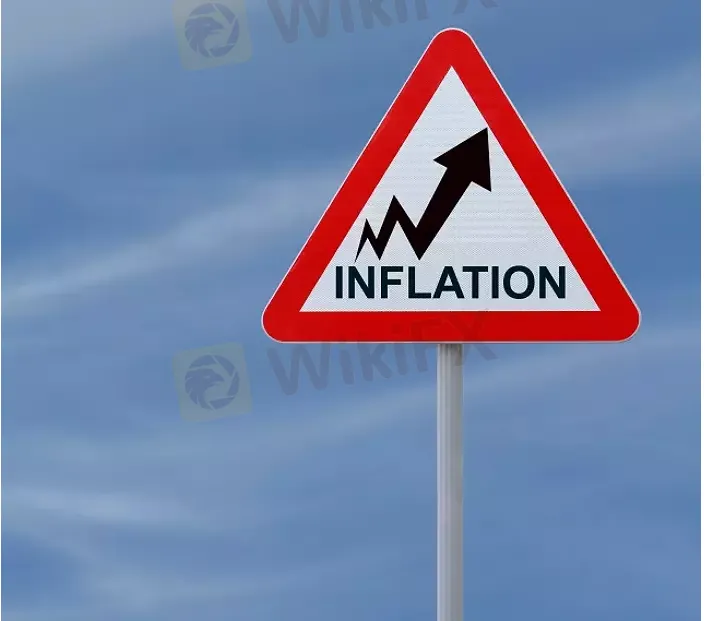
Inflation news has been dominating the headlines for several months as the global economy begins to slowly reopen following the more than year-long pandemic. The rapid rise in prices has become a top concern as central bankers, consumers and investors fret about the rising cost of groceries, housing, gasoline, and other living expenses. The most immediate way inflation is felt by consumers is the negative effect on purchasing power and quality of life.
What is Inflation?
The simple definition is a general rise in prices. The classic definition is “too much money chasing too few goods.” The price of individual items fluctuates all the time so it takes a collection of items rising at the same time to drive the inflation meter higher.
How is Inflation Measured?
Probably the best-known measure of inflation in the U.S. is the Consumer Price Index (CPI), which measures the average change in prices paid by urban consumers for things like food, clothes, housing, and transportation. The Federal Reserve measures inflation by the personal consumption expenditure (PCE) price index. While CPI looks at what people are buying, PCE looks at what businesses are selling.
Core inflation is another term that is tossed around quite often. It takes into consideration all inflation minus food and energy, which tend to be volatile. They can be influenced by oil supply and weather, and since the events can be deemed as short-term, their numbers are stripped out of the total inflation picture.
Cost-Push Inflation vs. Demand-Pull Inflation: Whats the Difference?
Cost-push inflation is not that common. It starts with a decrease in total supply or an increase in the cost of that supply. Suppliers raise prices because they know consumers will pay it.
Demand-pull inflation exists when aggregate demand for a good or service outstrips aggregate supply. It begins with an increase in consumer demand. Sellers meet such an increase with more supply. But when additional supply is unavailable, sellers raise their prices. (Learn more about cost-push and demand-pull inflation here.)
Why Should I Care About Inflation? (Pros and Cons)
It‘s the Fed’s job to calm people‘s nerves over inflation. Generally speaking, consumers don’t worry about inflation being too low.
Throughout April and May 2020 at the start of the pandemic when prices were plunging, consumers werent fretting over low food and gasoline prices. They were focused on avoiding coronavirus. While quarantined, and with the economy on lockdown, fewer people were driving and gasoline and crude oil prices fell sharply.
Now that most of the lockdowns have ended, more people are working and individuals are driving and flying. This is driving up gasoline and crude oil prices. In other words, prices are reflating from extremely low levels in early 2020 to higher prices in the Spring/Summer of 2021.
Historically low-interest rates are also helping to drive inflation higher. When the economy was stable in early 2020 before the pandemic, mortgage rates were relatively stable but higher than they are at this time. When the Fed slashed its benchmark rates, mortgage rates fell sharply. Low mortgage rates are one of the factors driving up demand for housing.
Demand for housing is increasing, but the supply of available homes to buy is low so people are building new houses. After a sluggish 2020 drove down demand for building materials such as copper and lumber, the current surge in home building is driving up demand for these materials. The increase in prices is another contributing factor to a rapid rise in inflation.
The Fed sees the rise in gasoline, copper, and lumber prices as a temporary reaction to the reopening of the economy. They dont see the rise in prices as here to stay. Policymakers can explain away the jump in prices as economic growth. They feel they have the measures to combat inflation, but they also run the risk of stopping growth too fast.

Disclaimer:
The views in this article only represent the author's personal views, and do not constitute investment advice on this platform. This platform does not guarantee the accuracy, completeness and timeliness of the information in the article, and will not be liable for any loss caused by the use of or reliance on the information in the article.
Read more
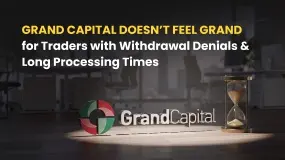
Grand Capital Doesn’t Feel GRAND for Traders with Withdrawal Denials & Long Processing Times
The trading environment does not seem that rosy for traders at Grand Capital, a Seychelles-based forex broker. Traders’ requests for withdrawals are alleged to be in the review process for months, making them frustrated and helpless. Despite meeting the guidelines, traders find it hard to withdraw funds, as suggested by their complaints online. What’s also troubling traders are long processing times concerning Grand Capital withdrawals. In this Grand Capital review segment, we have shared some complaints for you to look at. Read on!
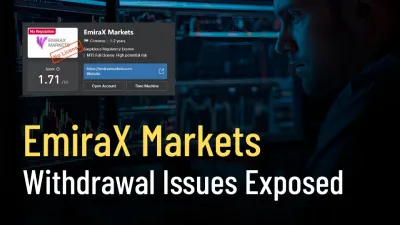
EmiraX Markets Withdrawal Issues Exposed
EmiraX Markets Review reveals unregulated status, fake license claims, and withdrawal issues. Stay safe and avoid this broker.
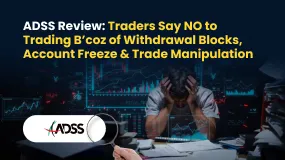
ADSS Review: Traders Say NO to Trading B’coz of Withdrawal Blocks, Account Freeze & Trade Issues
Does ADSS give you plenty of excuses to deny you access to withdrawals? Is your withdrawal request pending for months or years? Do you witness account freezes from the United Arab Emirates-based forex broker? Do you struggle to open and close your forex positions on the ADSS app? Does the customer support service fail to respond to your trading queries? All these issues have become a rage online. In this ADSS Broker review article, we have highlighted actual trader wordings on these issues. Keep reading!
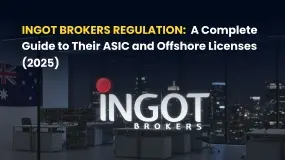
INGOT Brokers Regulation 2025: ASIC vs Offshore License - What Traders Must Know
Explore INGOT Brokers regulation in 2025: Compare their ASIC and Seychelles FSA licenses, understand trader protection levels, and learn about potential risks in this detailed guide.
WikiFX Broker
Latest News
Consob Targets Political Deepfake “Clone Sites” and Unlicensed Platforms in Latest Enforcement Round
WikiEXPO Global Expert Interviews: Gustavo Antonio Montero: ESG in Finance
2 Malaysians Arrested in $1 Million Gold Scam Impersonating Singapore Officials
Is FXPesa Regulated? Real User Reviews & Regulation Check
Fraud Mastermind Zhimin Qian Sentenced to 11 Years for $6.6 Billion Bitcoin Ponzi Scheme
Almahfaza Broker – 2025 Review: Safe or Scam?
Uniglobe Markets Review 2025: A Complete Guide to an Unregulated Broker
INZO Broker No Deposit Bonus: A 2025 Deep Dive into Its Offers and Risks
Exness Broker Expands in South Africa with Cape Town Hub
Global Guide to Finding Forex IBs/Brokers — Share Your Pick and Win Big!
Currency Calculator



